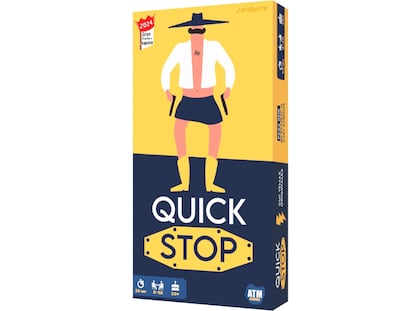What is the abode of cultural memory: land or people?

These questions arise because of multilingual literary fields, such as the Baltic cultural space (at least to the First World War); it is here that Estonian, Latvian, German and Russian languages, minds and texts existed side by side sharing the same places and sometimes even sharing the same authors. For example, the Estonian C. R. Faehlmann (1798-1859) wrote his Estonian myths in German and German G. J. Schultz-Bertram (1808-1875) compiled epics in Estonian. The first Estonian language storybook Tales and Deeds (Juttud ja Teggud, 1782), written by German author Friedrich Wilhelm Willmann (1746-1819) was to a great degree a translation and adaptation from the Latvian, which, in turn, was based on German sources which were, in turn, based on texts of other European languages. Any research into Estonian older literature should, therefore, take into account this multilingual intertextuality. The previous ethnical-linguistic approach to the history of Baltic literature, which treated German, Estonian and Latvian literature separately, does not allow adequate description and interpretation of specific features of this literary field.
The previous ethnical-linguistic approach to the history of Baltic literature, which treated German, Estonian and Latvian literature separately, does not allow adequate description and interpretation of specific features of this literary field
The Research and Web Project of Older Estonian Literature (EEVA) - a joint project of the University of Tartu Library and the Department of Cultural Studies and Arts of Tartu University?proposes a geo-cultural approach to the Baltic literatures that treats literary life of the Baltic countries up to the end of the 19th century as a unified multilingual literary field. The project centres upon the process of cultural exchange among the Baltic countries, discussing interrelations and mutual influences of texts in different languages, their translatability and linguistic functionality. It also studies the social factors that shaped this literary field, examining the institutionalisation of the literary field (periodicals, publication activities, cultural societies, educational system, the role of the university, etc.) and the mechanisms of its operation. The aim of this study is to carry out preliminary work towards the new history of Baltic literary culture, planned in cooperation with many researchers in the Baltic countries and abroad.
Comparative study of multilingual texts requires international and interdisciplinary cooperation, well enabled by the era of information technology. EEVA offers traditional bibliographic and textual critical research methods like description and systematic arrangement of texts and specification of their cultural historical importance; in addition, it provides the compilation of authors' biographies, bibliographies and references to secondary literature. However, an integral part of EEVA is the Digital Text Repository for Older Estonian Literature (http://www.utlib.ee/ekollekt/eeva), which offers, in the digital format, international access (the metadata of the web-version is at present in Estonian, German, English and Russian) to old cultural texts, written or published in the Baltic cultural space. EEVA employs the possibilities of the digital environment: the networking and linking of texts, the notation of intertextual and metatextual relations, the modelling of new contexts, an interdisciplinary approach, etc. The user navigation is aided by key words, systematising the texts according to the subject area, main type, genre, movement and time period. In such a way, EEVA presents a virtual literary history of the Baltic countries, referring also to its relations with other European literatures and demonstrating translinguistic intertextual relations. This is indeed a promising field for close Baltic cooperation since Estonians, Latvians and Baltic Germans share a common past at least up to 1918. The EEVA provides a way to document the historical multilingualism of the Baltics and preserve and study history in a new collaborative way.
Liina Lukas, Liina Lukas, University of Tartu.- www.atomiumculture.eu
Tu suscripción se está usando en otro dispositivo
¿Quieres añadir otro usuario a tu suscripción?
Si continúas leyendo en este dispositivo, no se podrá leer en el otro.
FlechaTu suscripción se está usando en otro dispositivo y solo puedes acceder a EL PAÍS desde un dispositivo a la vez.
Si quieres compartir tu cuenta, cambia tu suscripción a la modalidad Premium, así podrás añadir otro usuario. Cada uno accederá con su propia cuenta de email, lo que os permitirá personalizar vuestra experiencia en EL PAÍS.
¿Tienes una suscripción de empresa? Accede aquí para contratar más cuentas.
En el caso de no saber quién está usando tu cuenta, te recomendamos cambiar tu contraseña aquí.
Si decides continuar compartiendo tu cuenta, este mensaje se mostrará en tu dispositivo y en el de la otra persona que está usando tu cuenta de forma indefinida, afectando a tu experiencia de lectura. Puedes consultar aquí los términos y condiciones de la suscripción digital.




























































